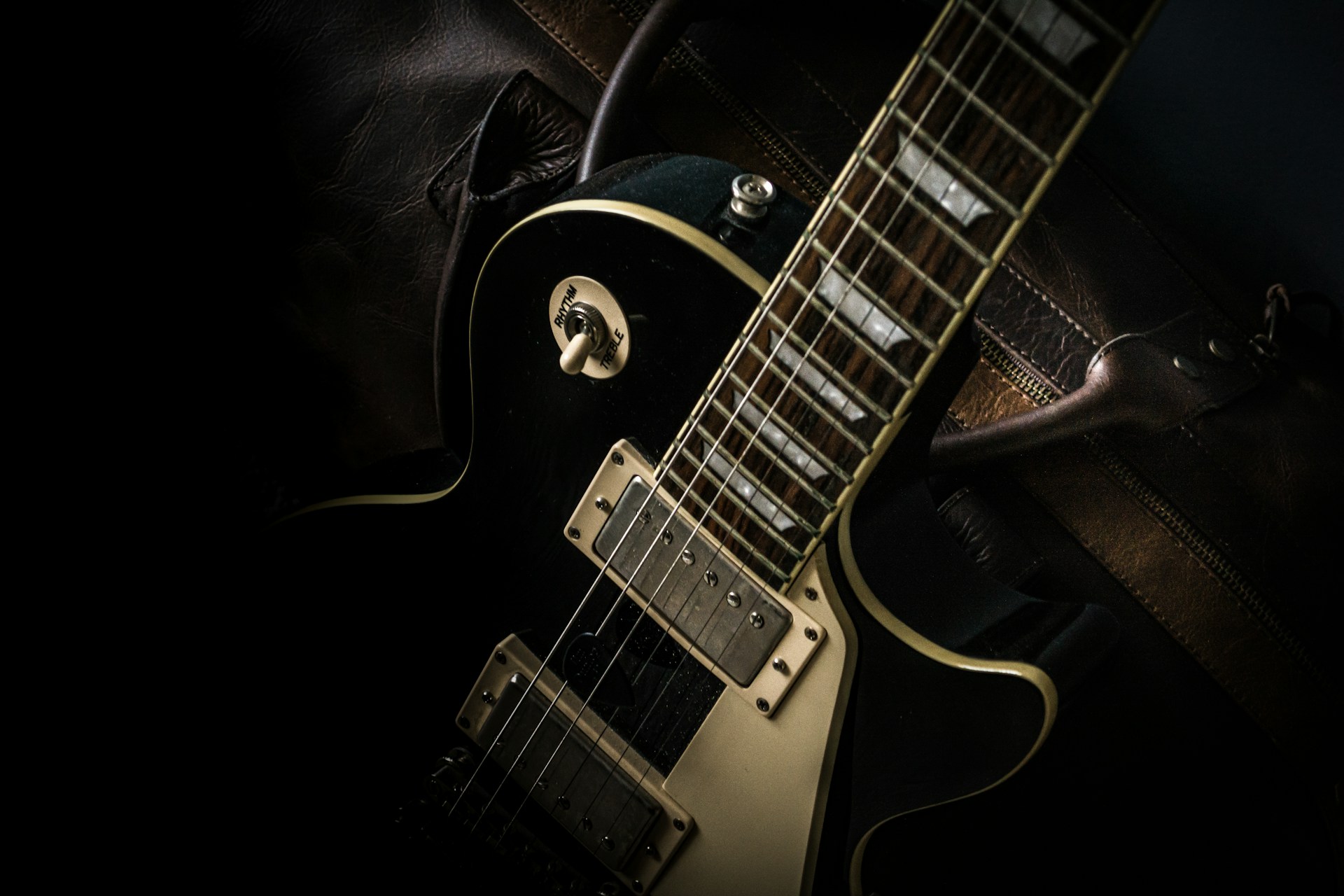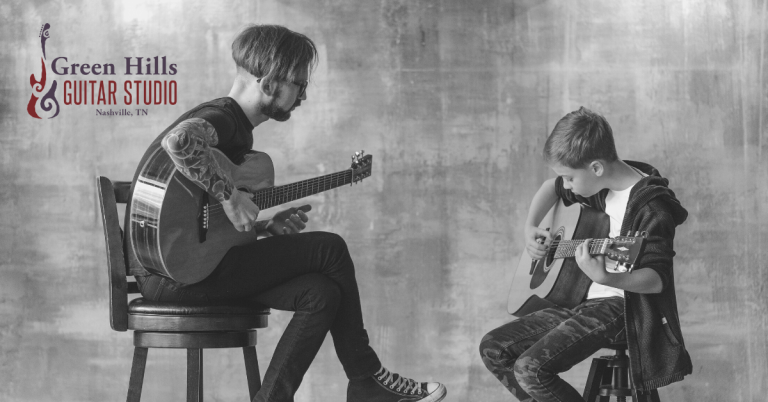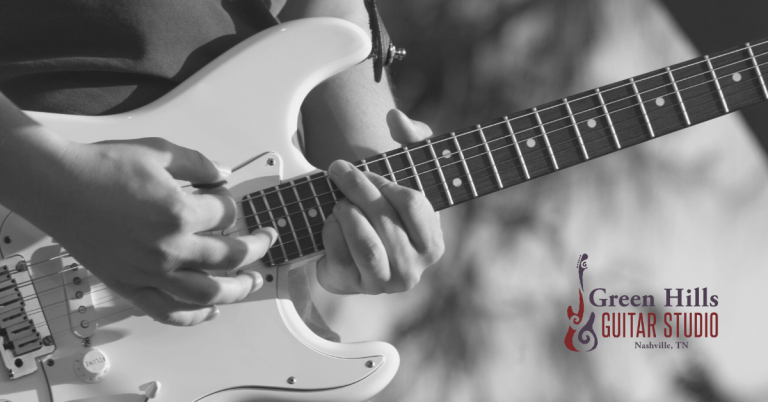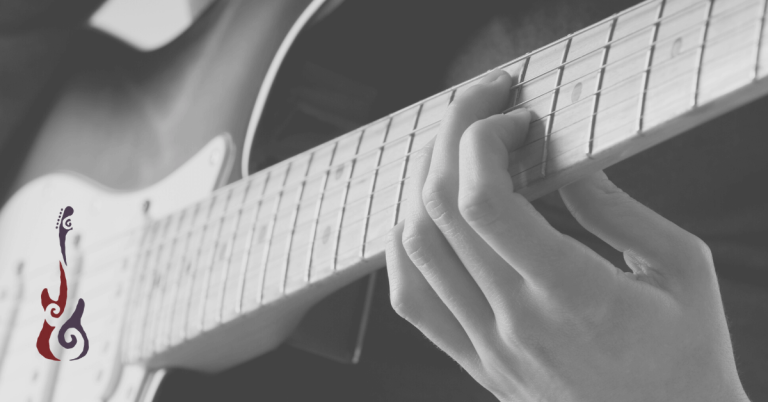The Evolution of Guitar Styles: From Blues to Modern Rock
Somewhere in the early 20th century, a musician—likely sitting on a wooden porch, a steel slide in hand—played a melody that would echo through generations. The guitar, a humble six-stringed instrument, was already carving its place in history. But no one could have predicted how it would evolve, how its voice would shift from the weeping bends of the Delta blues to the electrified fury of heavy metal and the textured soundscapes of modern experimental rock. This is the story of the evolution of guitar styles, of how guitar playing transformed music, shaped culture, and turned mere mortals into legends.
The Birth of Blues Guitar: The Foundation of Modern Playing
Before rock, before jazz, before anything that resembled the music we hear today, there was the blues. Born from the deep emotional wells of African American spirituals, field hollers, and work songs, blues guitar emerged as an extension of the human voice—gritty, expressive, and unapologetic.
Key Players:
- Robert Johnson – His innovative use of open tunings and slide guitar, coupled with his haunting vocal delivery, laid the foundation for modern blues and rock.
- B.B. King – By mastering vibrato and string bending, he transformed blues solos into emotionally charged storytelling devices.
- Muddy Waters – He electrified the blues, pioneering the Chicago blues sound that directly influenced rock and roll.
Suggested Listening:
- Robert Johnson – Cross Road Blues
- B.B. King – The Thrill Is Gone
- Muddy Waters – Hoochie Coochie Man
Early Folk and Country: The Storytelling Tradition
While blues shaped rock, folk and country music carried stories across generations. These genres relied on simple chord progressions and fingerpicking patterns to accompany heartfelt narratives of hardship, love, and adventure.
Key Players:
- Maybelle Carter – Developed the “Carter Scratch” technique, allowing guitarists to play melody and rhythm simultaneously.
- Woody Guthrie – His socially conscious songs and rhythmic strumming set the foundation for modern folk and protest music.
- Jimmie Rodgers – Blended blues and country into a signature yodeling style that shaped early country music.
Suggested Listening:
- The Carter Family – Wildwood Flower
- Woody Guthrie – This Land Is Your Land
- Jimmie Rodgers – Blue Yodel No. 1 (T for Texas)
How Jazz Shaped Guitar Techniques and Harmonic Complexity
If blues was raw emotion, jazz was intellectual firepower. In smoky clubs and radio broadcasts of the 1930s and ’40s, guitarists took a backseat to horns—until a few pioneers decided to change that. By expanding chord voicings, introducing complex improvisation, and pushing harmonic boundaries, jazz guitarists set the stage for some of the most influential musicians of all time.
Key Players:
- Django Reinhardt – Overcame physical limitations to develop a fluid, virtuosic gypsy jazz style that still inspires musicians today.
- Charlie Christian – Introduced single-line soloing on the electric guitar, setting the stage for bebop and modern lead playing.
- Wes Montgomery – Popularized octave melodies and thumb picking, giving jazz guitar a warm and expressive voice.
Suggested Listening:
- Django Reinhardt – Minor Swing
- Charlie Christian – Swing to Bop
- Wes Montgomery – West Coast Blues
Bluegrass: Speed and Precision
In the 1940s, bluegrass emerged as a virtuosic blend of Appalachian folk, country, fiddle tunes, and blues influences. Characterized by intricate flatpicking, rapid tempos, and tight harmonies, bluegrass guitar required technical mastery and musical dexterity.
Key Players:
- Doc Watson – Revolutionized flatpicking with clean, lightning-fast runs and melodic phrasing.
- Tony Rice – Expanded bluegrass guitar’s harmonic vocabulary, bringing jazz influences into the genre.
- Clarence White – Pioneered the use of the B-Bender and intricate crosspicking techniques.
Suggested Listening:
- Doc Watson – Deep River Blues
- Tony Rice – Church Street Blues
- The Kentucky Colonels (Clarence White) – Nine Pound Hammer
Early Rock & Roll: The Birth of an Era
Rock & roll emerged in the 1950s, blending blues, R&B, and country elements to create a high-energy, danceable sound. Guitarists pioneered new techniques, bringing electrified rhythms and infectious riffs to the forefront of popular music.
Key Players:
- Chuck Berry – Defined rock & roll guitar with his signature double-stop licks and showmanship.
- Scotty Moore – Elvis Presley’s guitarist, blending country picking with blues phrasing.
- Bo Diddley – Introduced the “Bo Diddley beat,” a rhythmic guitar pattern that became a rock staple.
Suggested Listening:
- Chuck Berry – Johnny B. Goode
- Elvis Presley (Scotty Moore) – Mystery Train
- Bo Diddley – Bo Diddley
Classic Rock: The Era of Iconic Riffs and Solos
As rock evolved in the 1960s, guitarists began experimenting with fuzz, distortion, and extended solos that became the defining elements of classic rock.
Key Players:
- Jimi Hendrix – Revolutionized guitar with feedback, distortion, and innovative effects.
- Eric Clapton – Blended blues and rock, setting new standards for expressive lead guitar.
- Jimmy Page – Created legendary riffs and multi-layered compositions that shaped rock guitar.
Suggested Listening:
- Jimi Hendrix – Voodoo Child (Slight Return)
- Eric Clapton – Layla
- Led Zeppelin – Whole Lotta Love
R&B, Soul, and Funk: The Groove Revolution
By the 1950s and ’60s, rhythm guitar found its power—not in bombastic solos, but in the spaces between. Funk and soul guitarists weren’t just playing half-barre chords; they were playing rhythm itself.
Key Players:
- Curtis Mayfield – Blended gospel-infused chord progressions with socially conscious lyrics, influencing generations of artists.
- Steve Cropper – His minimalist, precise licks at Stax Records set the gold standard for soul and R&B guitar playing.
- Nile Rodgers – Transformed rhythm guitar into a lead instrument, with syncopated, clean, and driving funk patterns.
Suggested Listening:
- Curtis Mayfield – Move On Up
- Booker T. & the M.G.’s – Green Onions
- Chic – Le Freak
Heavy Metal and Shred: Speed, Precision, and Power
Guitarists in the late 1970s and ’80s pushed technical prowess to the forefront, leading to the rise of heavy metal and shred guitar styles.
Key Players:
- Eddie Van Halen – Introduced tapping and harmonics, revolutionizing guitar technique.
- Randy Rhoads – Blended classical influences with high-energy metal guitar.
- Dimebag Darrell – Defined groove metal with his aggressive playing style.
Suggested Listening:
- Van Halen – Eruption
- Ozzy Osbourne – Crazy Train
- Pantera – Cowboys from Hell
Alternative Rock: A Rebellious New Sound
The 1990s saw a departure from the technical precision of the ’80s, embracing raw, emotive playing and unconventional techniques.
Key Players:
- Kurt Cobain – Defined grunge with power chords and simplicity.
- Johnny Marr – Introduced intricate arpeggios and layered textures.
- Tom Morello – Experimented with effects and unconventional playing techniques.
Suggested Listening:
- Nirvana – Smells Like Teen Spirit
- The Smiths – This Charming Man
- Rage Against the Machine – Killing in the Name
Modern Country: Twang Meets Innovation
As country music evolved, guitarists began integrating rock, blues, and pop elements to create a more dynamic and accessible sound.
Key Players:
- Brent Mason – A session legend known for his clean tone and technical precision.
- Brad Paisley – Blends fast chicken-picking techniques with blues-inspired soloing.
- Keith Urban – Introduced a rock-infused approach to country lead playing.
Suggested Listening:
- Brent Mason – Hot Wired
- Brad Paisley – Nervous Breakdown
- Keith Urban – Days Go By
Contemporary Guitar: Blurring Genre Lines
The 21st century has seen a fusion of styles, with guitarists drawing from jazz, hip-hop, electronic, and world music influences.
Key Players:
- John Mayer – Blends blues, pop, and soul with sophisticated phrasing.
- Julian Lage – A jazz virtuoso who seamlessly blends traditional and modern approaches, emphasizing improvisation and dynamic phrasing.
- Cory Wong – Brought funk rhythm playing to the forefront of modern guitar.
Suggested Listening:
- John Mayer – Slow Dancing in a Burning Room
- Julian Lage – Ryland
- Cory Wong – Cosmic Sans
The YouTube Era: A Non-Linear Revolution in Guitar Playing
For decades, the guitar’s evolution followed a mostly linear trajectory—each new generation building upon the techniques and styles of the past, learning from records, books, and live performances. But YouTube has disrupted this model entirely, creating a non-linear, decentralized evolution of guitar playing.
Where once players had to find a mentor, a local teacher, or painstakingly lift licks from vinyl records, today’s guitarists can learn almost any technique instantly from a vast and ever-growing library of online content. This access isn’t just expanding technical ability; it’s shifting the entire paradigm of how guitarists approach the instrument. Styles that once took decades to develop are now merging in real-time, with musicians drawing influences from unexpected places.
Take hybrid picking—once a niche country technique, now just as likely to be found in progressive metal, math rock, or neo-soul. Or the explosive rise of percussive fingerstyle guitar, where players like Andy McKee and Ichika Nito blend tapping, harmonics, and rhythmic slaps into fluid, piano-like compositions. These techniques, which once existed in isolated corners of the guitar world, are now instantly accessible and adopted across genres.
Perhaps the most radical shift is in how guitarists consume information. Instead of a fixed progression from beginner to advanced concepts, YouTube allows players to explore their own paths, skipping traditional methods in favor of hyper-specific lessons—one guitarist might fixate on microtonal bending, another on hybrid jazz voicings, another on looping and live production. There is no singular trajectory, only infinite branching paths.
More than just a learning tool, platforms like Instagram and YouTube have created an entirely new type of guitar hero. While past legends were forged through relentless touring and radio play, today’s most influential guitarists—players like Corey Congilio, Paul Davids, and Tim Henson—gain prominence through their ability to break down music, innovate, and share knowledge globally.
And yet, despite all of this advancement, one thing remains unchanged: the guitar’s appeal is timeless. Whether learning from a scratchy Robert Johnson record or a pristine 4K tutorial, the magic of picking up a guitar, discovering a new sound, and making it your own endures.
The Coda: Where Does Guitar Go From Here?
The guitar’s evolution is far from over. With the rise of digital technology, AI-driven amp modeling, and the ever-expanding boundaries of genre fusion, one thing remains clear: the guitar will never be obsolete.
So whether you’re strumming a 1930s blues progression or experimenting with electronic textures, you’re part of this ongoing story. The strings are yours—play them however you see fit.
If you’re ready to take your playing further, Green Hills Guitar Studio offers personalized guitar lessons both in Nashville, TN, and online. Whether you want to channel your favorite blues legends, master intricate jazz phrasing, or develop your own unique style, we can help you learn to play like your guitar heroes. Book a lesson today and start your next chapter.






